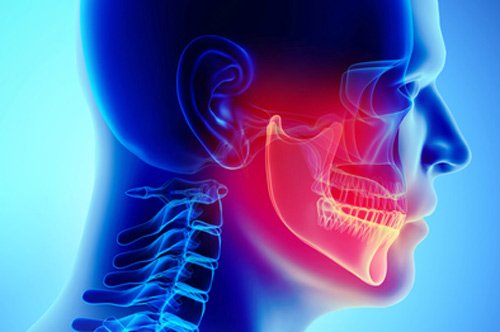Orthognathic (Jaw) Surgery Philadelphia PA
Our jaws are perhaps the most overlooked aspect of our oral health. If you suffer from jaw-related problems, you may qualify for orthognathic surgery. Orthognathic, or corrective jaw surgery, typically addresses skeletal discrepancies that cannot be corrected solely with orthodontics.
There are many reasons you may need orthognathic surgery, with many variations on the procedure that is recommended to you.

At Art of Smile – Center for Cosmetic Orthodontics in Philadelphia, we will be able to determine if you are a candidate for corrective jaw surgery. Surgical intervention may be the best way to alleviate severe, and often painful symptoms related to jaw disorders, or correct jaw imbalances that are simply an aesthetic concern.
Reasons For Orthognathic Surgery
There are many patients who can benefit from orthognathic surgery, especially those with TMD or a malocclusion (misaligned bite). We may recommend jaw surgery to:
- Correct problems with speech
- Correct problems that affect chewing or swallowing
- Correct issues that occur when you open or close your mouth
- Correct a facial imbalance for cosmetic and functional reasons
- Address birth defects or abnormalities
- Minimize the problems associated with bruxism (clenching or teeth grinding)
- Minimize problems associated with TMD (temporomandibular joint disorder)
- Repair a facial injury or trauma
- Alleviate the symptoms of obstructive sleep apnea
Corrective jaw surgery is an adjunct to orthodontics. During your consultation appointment, Dr. James will perform a series of diagnostic tests to determine if orthognathic surgery is right for you. This is an excellent opportunity for you to ask questions and voice any concerns.
Preparation For Orthognathic Surgery
Orthodontic treatment is usually a large part of the preparation for corrective jaw surgery. In conjunction with an oral and maxillofacial surgeon, orthodontists prepare the teeth for surgery by placing them in their ideal position, and then the oral surgeon corrects the bite relationship by manipulating the jaw bone(s).Braces or Invisalign® are usually in place for about 12 to 18 months before your surgery, and then for a short time after to complete any finishing details.
X-rays and CBCT scans are also an important part of the preparation process. These diagnostic tools help us develop a more precise and appropriate treatment plan. In particular, 3D imaging can help us design a surgical guide that results in safer and more effective surgery.
Types Of Orthognathic Surgery
Orthognathic surgery is performed inside your oral cavity, without any visible facial scars around your chin, jaw, and mouth. The type of orthognathic surgery you receive depends on your symptoms. Types of corrective jaw surgery include:
- Lower Jaw. Also known as a mandibular osteotomy, this type of surgery can help correct a receding or protruding lower jaw.
- Upper Jaw. Also known as maxillary osteotomy, this type of surgery can correct open bites, cross bites, or a significantly protruding or receded upper jaw.
- Chin Surgery. Also known as a genioplasty, this type of surgery can correct a deficient chin, usually accompanied by a severely receded lower jaw.
After Orthognathic Surgery
After your orthognathic surgery, you should see improved function of your teeth, a balanced appearance, and several other health benefits that improve chewing, swallowing, sleeping, and breathing. Be sure to follow our post-operative instructions to avoid potential complications.
The healing period for orthognathic surgery typically takes about six to 12 weeks. We usually recommend avoiding tobacco use, difficult foods, and strenuous activity. Talk with Dr. James to learn more about life after corrective jaw surgery.
Schedule Your Surgical Consultation in Philadelphia
Determine if orthognathic surgery is right for you. Contact Art of Smile – Center for Cosmetic Orthodontics in Philadelphia at (215) 800-0015 to book your consultation today and take the first step towards a healthier, more balanced smile.